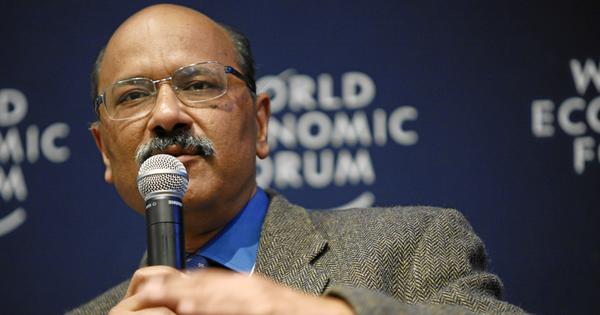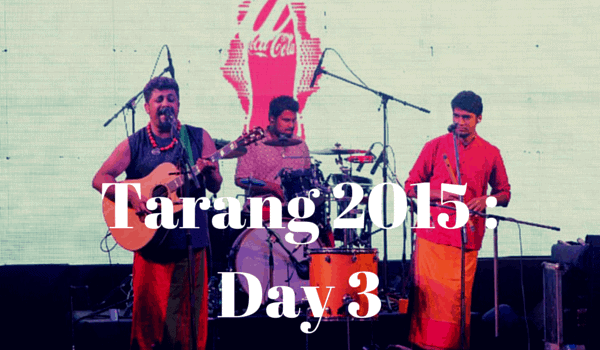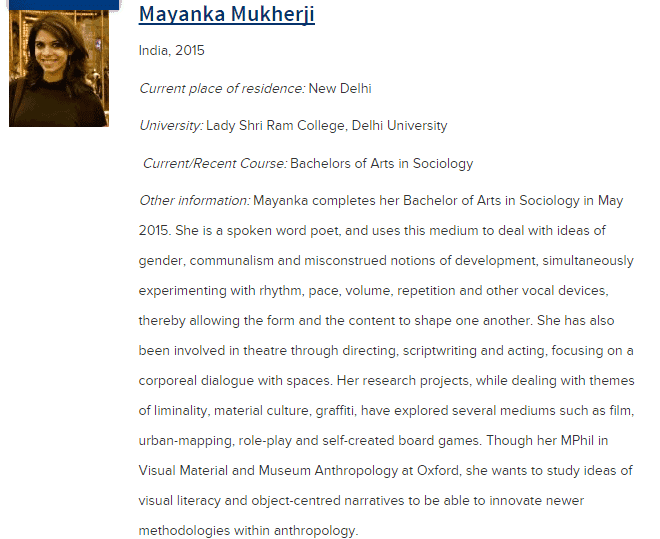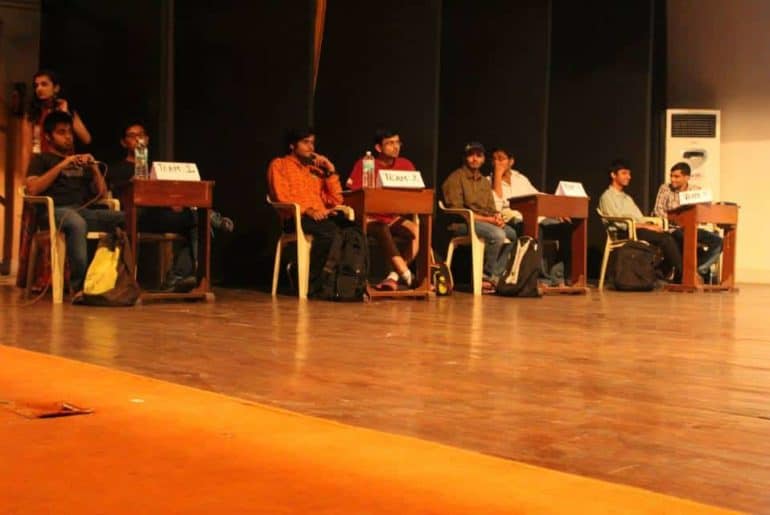Sanitation is the buzzword in the new government’s lexicon; it is also the new photo-op topic, what with the Swachha Bharat Abhiyan and more recently, the powerful broom. But how far ahead has the University of Delhi gotten as far as sanitation is concerned? As the following instances will illustrate, except the pre-inspection cleanliness which we had formerly reported on, sanitation does not seen to be foremost on the agenda.
In order to look at sanitation, some of the parameters looked at here are garbage segregation and disposal, number of washrooms and their maintenance, kitchen hygiene, frequency of cleaning and fumigation. While kitchen and washroom hygiene are always the primary areas of concern, measures like fumigation, maintenance of green areas and water drainage systems are as important because sanitation is inextricably linked to health.
Waste Disposal
Looking at the question of waste disposal, we figured that quite a few colleges have on-campus waste disposal mechanisms like compost-pits; the environment societies of many colleges work towards this end. The rest have their garbage taken care of by the municipal bodies, no college appears to have open garbage on the campus, be it from the academic blocks, the hostels or the canteens. However, waste segregation is a problem in most colleges, with no separation of degradable and non-degradable waste. Nobody understands colour-codings and even when the bins are labeled ‘paper’, ‘plastic’ and ‘bio-waste’, nobody adheres to them.
Washrooms
Students did not complain about the number of washrooms, but most of them did mention that cleaning the washrooms twice a day was not sufficient. Even though most students believe that the number of washrooms is sufficient (two in each block mostly), hygiene of the washrooms often depends on the number of people using them on an average.
Moreover, apart from cleaning, a major problem is that of non-replenishment of hand-wash and tissues or in some cases, even their availability. Colleges like Lady Shri Ram College for Women, Kamala Nehru College and Gargi College have sanitary napkin dispensers but in times of crisis, they are often found to be out of service in some colleges.
Just like the Swachha Bharat photo-ops where politicians are seen sweeping freshly-spread dry leaves, colleges are often found maintaining high standards when guests are expected, be it inspections or guest lecturers. For instance, Lady Shri Ram College had its washrooms well stocked with hand-wash, hand-sanitizers, dry-tissues and towels when it hosted the King’s College Summer School. The faculty’s washrooms, needless to say, are always better maintained.
Canteens
Conditions of hygiene in college canteens might not matter much to students because we are so used to being adventurous with street food and because we barely come across instances where canteen food has caused harm. However, because no college or contractor allows access to the kitchens, we don’t know whether the conditions are unsatisfactory or deplorable.
Pest control
Most Delhi University colleges have green spaces aplenty; the problem of stagnant water also plagues quite a few of them in the monsoon. In this context, regular fumigation of classrooms, canteens and gardens becomes extremely important. Students from most colleges had no idea about if and how often their campuses are fumigated. Fumigation and pest-control measures should be made a regular feature, especially in the summer and monsoon months.
Another area of concern that this article does not specifically touch upon is hostels. Cleanliness in the hostels assumes great importance. Right from the condition of the washrooms to the hygiene of the food and the day-to-day cleaning of the rooms and corridors, a place where people co-habit 24×7 definitely needs much attention.
Sanitation, of course, is never a criterion while selecting a college, we look at the reputation, location, student culture. Even the India Today rankings which factor in ‘infrastructure’ do not make a mention of sanitation. State of the art facilities are not of much use if basic sanitation cannot be assured; having air-conditioned labs and classrooms is a luxury, but having clean spaces is a need. Sanitation is not a problem that can be dealt with only by sweeping and dusting, more often than not, it is also about availability of potable water, drainage and waste disposal systems. Hence, we need something more than the photo-ops.
Image source: thumbs.dreamstime.com












